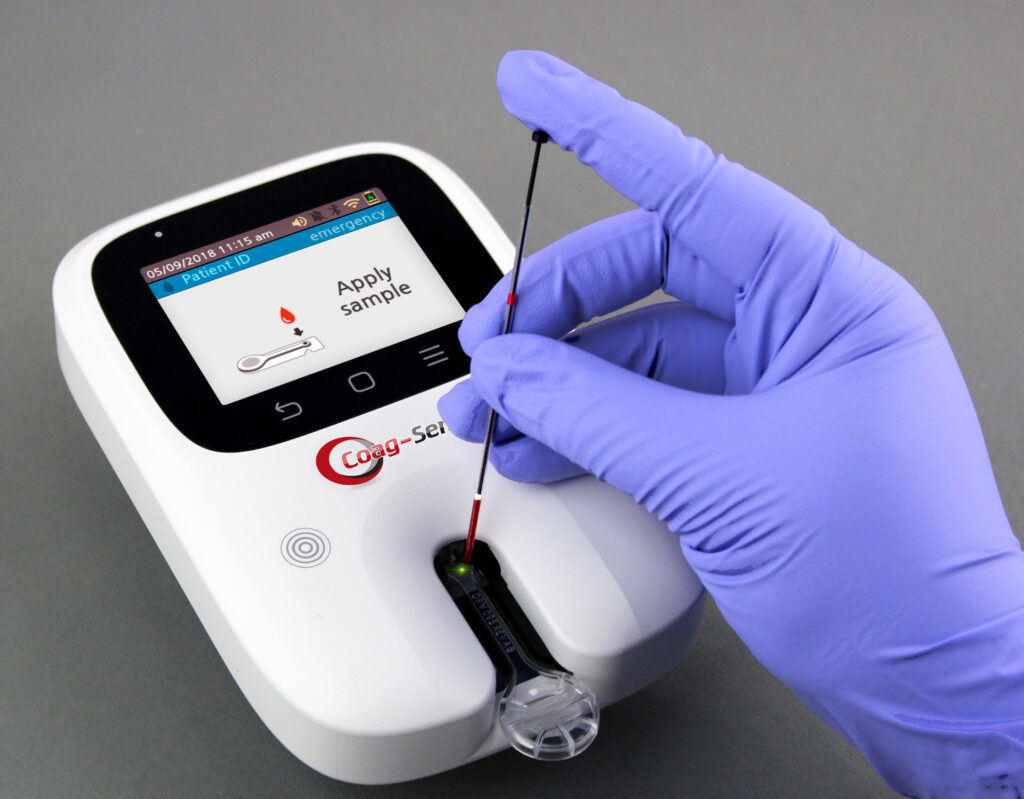Safe exercise on anticoagulants is vital for patients using a PT/INR monitor or self-testing device. Regular movement supports cardiovascular well-being, but it also requires knowledgeable precautions to avoid complications.
This guide explains how to stay active safely, maximize the benefits of self-testing, and maintain optimal INR levels.
Safe Exercise on Anticoagulants: Why Self‑Testing Helps
Using an at-home PT/INR monitor empowers patients to understand how physical activity affects their clotting. When exercise shifts INR values—like reducing warfarin levels due to increased metabolism—self-testing lets you catch and adjust quickly
Staying in range minimizes the risk of bleeding or clotting events.
Benefits of INR Self‑Testing for Active Patients
Patients who self-test weekly spend more time within their therapeutic INR range compared to infrequent clinic visits, reducing adverse events
This is especially important if you’re adding exercise, which can alter your INR and dosage needs.
Best Types of Exercise While Using Blood Thinners
According to the American Heart Association and GoodRx, low-impact activities are best:
- Walking and light jogging
- Stationary cycling
- Swimming
- Yoga and gentle stretching
- These options build endurance and circulation without high bodily impact risk.
Anticoagulant Therapy: Exercises to Avoid
High-impact or contact sports—football, soccer, skiing, martial arts—are discouraged while on anticoagulants due to a higher risk of bruising or internal bleeding. Instead, opt for non-contact, low-risk alternatives to stay fit and safe.
Managing INR Fluctuations During Increased Activity
Increased physical activity can change warfarin metabolism, often requiring dose adjustment. Self-testing your INR before and after introducing a new routine gives insight and allows timely dosage discussions with your care team.
Returning to Sports After a Blood Clot
After events like DVT or PE, complete rest for 10–14 days is prudent. But gentle exercise, such as upper-body moves if your leg is affected, helps prevent muscle loss
You can gradually return to your pre-clot activity levels around week 4—if INR is stable and self-testing confirms safety.
How to Adjust Exercise Safely with an INR Monitor
To combine exercise and anticoagulant use effectively:
- Self-test INR before starting a workout plan.
- Choose low-impact exercises.
- Retest weekly after beginning a new activity.
- Report any INR out-of-range values to your healthcare provider
- Plan around your medication schedule to avoid peak bleeding risk.
Real-Life Benefits of Patient Self Testing
Studies show patients self-testing at home feel empowered, confident, and report greater satisfaction When you know your INR immediately, you can adapt your activity plan faster and safely—without delaying care.
Tracking Progress and Preventing Bleeding Risk
Monitor these signs during exercise while on anticoagulants:
- Easy bruising or prolonged bleeding from minor injuries
- Unusual swelling or pain in limbs (possible DVT)
- Headaches or vision changes
- Sudden shortness of breath or chest pain
- Any of these warrant immediate self-testing and medical evaluation.
Combining Lifestyle and Medication Mindfully
Staying active while on anticoagulants requires balancing fitness and safety:
- Eat consistent vitamin K—don’t overdo leafy greens
- Stay hydrated to enhance circulation.
- Inform teammates or trainers about your medication and bleeding risk.
Working with Your Healthcare Team
Always discuss exercise plans with your physician. Share self-testing data and get tailored advice. You might slowly integrate moderate activity or adjust warfarin dosing based on your INR and fitness goals.
You may read our other blogs too:
ANTIPHOSPHOLIPID SYNDROME (APS): UNDERSTANDING THE AUTOIMMUNE-CLOTTING CONNECTION
PREGNANCY ANTICOAGULATION MONITORING INR: ENSURING MATERNAL AND FETAL SAFETY
HOW CERTAIN MEDICATIONS & SUPPLEMENTS CAN INTERACT WITH WARFARIN
THE ROLE OF PHARMACOGENETICS IN WARFARIN DOSING & INR STABILITY
SUMMARY
Safe exercise on anticoagulants isn’t just possible—it’s greatly beneficial when combined with effective PT/INR monitoring. Low-impact workouts, regular self-testing, and proactive communication with your healthcare team form the foundation of an active, healthy lifestyle—even on blood thinners.
Ready to take charge of your INR and get moving safely? Explore our range of FDA-approved PT/INR monitors designed for active lifestyles Talk to your provider and begin self-testing today!




